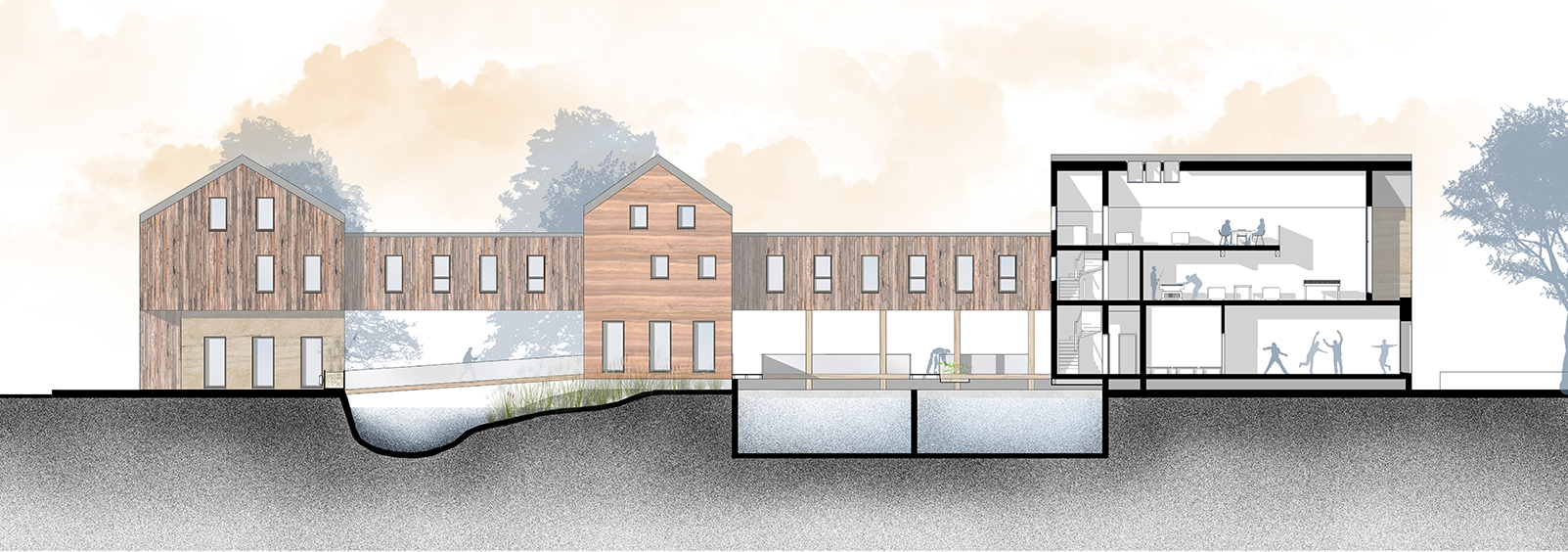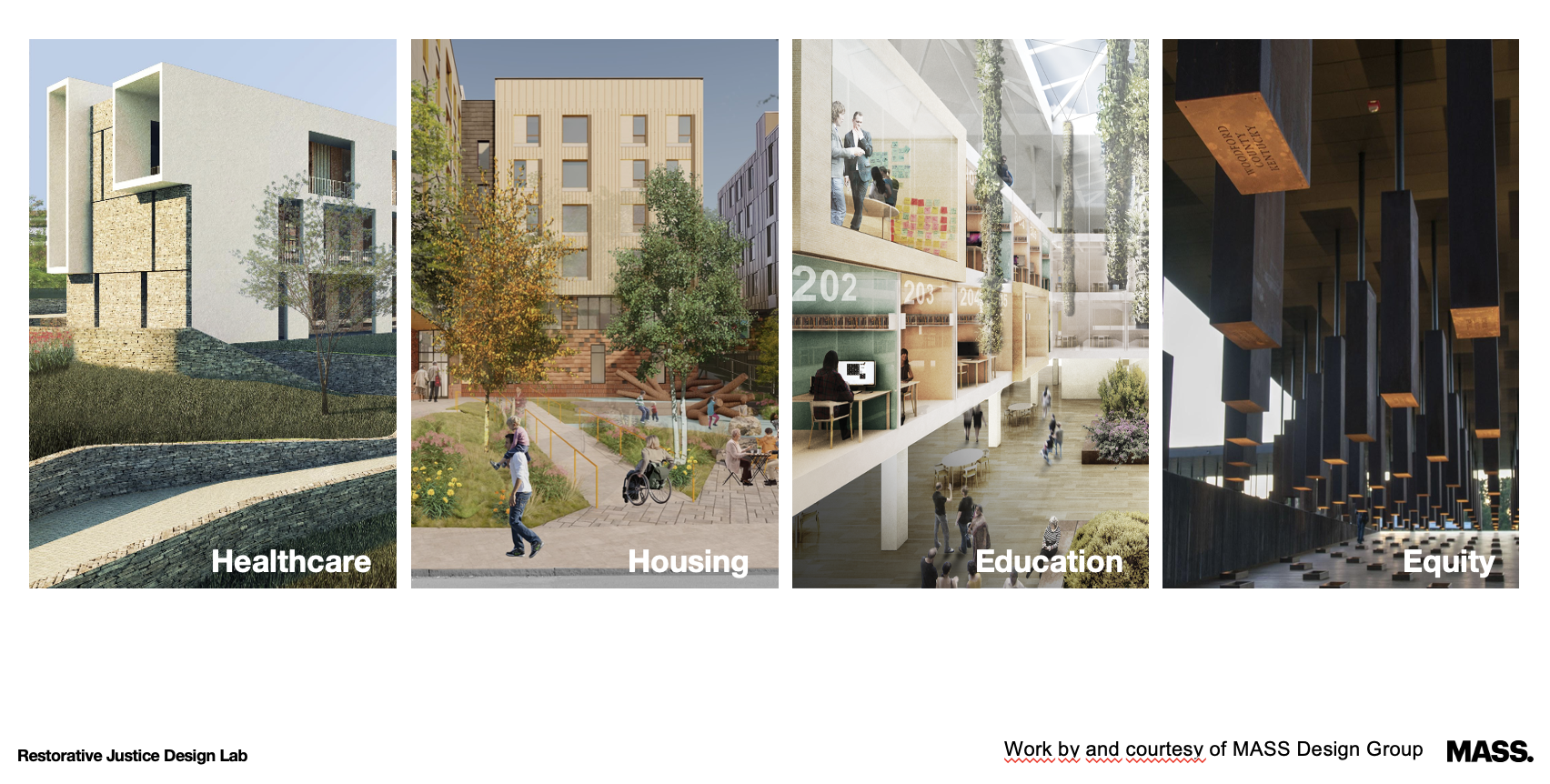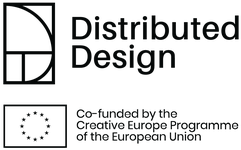Cities are potential engines of the transition towards a circular economy. The City of Amsterdam is one of the early adopters of the circular economy concept at city level. Closed loops, value generation, innovative business models, and modular designs – those are not only principles to guide the transition to circular cities, but also principles distributed designers have been working with for years. In our series Distributed Design for Circular Cities, we introduce you to some of the creative talents making an impact. In this episode, we interview Veronique Aicha Achoui of RESCALED, a network organization trying to challenge our prison system with the design of detention houses.
Can you give us a description of your project?
In Europe, there are 1.5 million people in prison. These 1.5 million people spend a longer or shorter period at a large distance from society, both physically and symbolically. At the same time, they are expected to be prepared to return to society, because almost all of them will. It sounds paradoxical that the best way to prepare someone for society is to continuously keep that person apart from everybody else. Yet, this is what we are still doing more than 200 years after the concept of prison was born. We keep repeating the past, despite years of confirmation that it ‘does not work’.
Why not challenge this concept? Why not propose an alternative, which is a better fit for the 21st century? This is what RESCALED does. We challenge the concept of prison and propose the concept of detention houses instead. Detention houses are small-scale, differentiated and community-integrated. Due to these three principles, they contribute to sustainable, safe and inclusive societies.

In what way is your work contributing to circular cities?
Regaining a place in society is hard when existing ties are broken while in prison. Because detention houses are embedded in the community, incarcerated people remain connected to society and can take part again more easily and more successfully.
The people in the detention house live close to their family and community, so they can stay part of it and influence each other. Also, they actually contribute something concrete to the neighborhood, depending on what the neighborhood needs and the skills of the people living there.

From a more abstract perspective, the concept of a detention house is a good example of a justice system not any more solely based on an individual, but on a community. Maybe Jean-Jacques Rousseau (French philosopher and writer of “The Social Contract” in 1762) was wrong in thinking that a person could become a perfect human being in nature, outside of society and then come back and stay the same person. It is inherent in being human that we want to relate to our direct surroundings.
What drives you personally to work on this project?
 When I was young, my father was sent to prison for a crime committed against my mother. A policeman said: “Don’t worry, your father will be sent to a place outside of society.” This kind police-officer actually wanted to comfort me, but it felt disturbing to me. As I grew older I started to read philosophers, like Bertrand Russell, Michel Foucault and writers like Dostoyevski who all formed different ideas on how morality had developed in society. At the same time they showed how society itself could strengthen moral tolerance. Many philosophers and writers influenced me to such an extent that the need grew to actually change the criminal justice system for future generations.
When I was young, my father was sent to prison for a crime committed against my mother. A policeman said: “Don’t worry, your father will be sent to a place outside of society.” This kind police-officer actually wanted to comfort me, but it felt disturbing to me. As I grew older I started to read philosophers, like Bertrand Russell, Michel Foucault and writers like Dostoyevski who all formed different ideas on how morality had developed in society. At the same time they showed how society itself could strengthen moral tolerance. Many philosophers and writers influenced me to such an extent that the need grew to actually change the criminal justice system for future generations.
How might we design the transition from a linear to a circular system?
When it comes to the criminal justice system we could create an alternative budget. In a linear system the chain of supply (police, lawyer, prosecution, judge and prison) is dominant instead of impact or inclusiveness. In a circular system however, we deal with difficult situations in society from a community-based approach in which responsibility is taken up by all stakeholders involved.
In the sixties, seventies, eighties and nineties the Coornhert-Liga wrote about alternative budgets for the criminal justice system.
What is your biggest hope for the future and what can we all start (or stop) doing as of tomorrow to contribute to that?
That we step away from our current criminal justice system in which individuals are punished for design flaws in our society, formulated by Khalil Gibran (Libanese poet and writer) as: “And as a single leaf turns not yellow but with the silent knowledge of the whole tree, so the wrong-doer cannot do wrong without the hidden will of you all.” My hope is that we move towards a circular justice system in which responsibility for actions of individuals is shared by the community.
—
Distributed Design for Circular Cities is part of our programme for Distributed Design, the exchange and networking hub for the European maker movement. Want to know more about Distributed Design for Circular Cities? Check all the Creative Talent interviews and mark Thursday, October 14 from 18.00-19.00 in your calendars for our event and livecast in Pakhuis de Zwijger.












